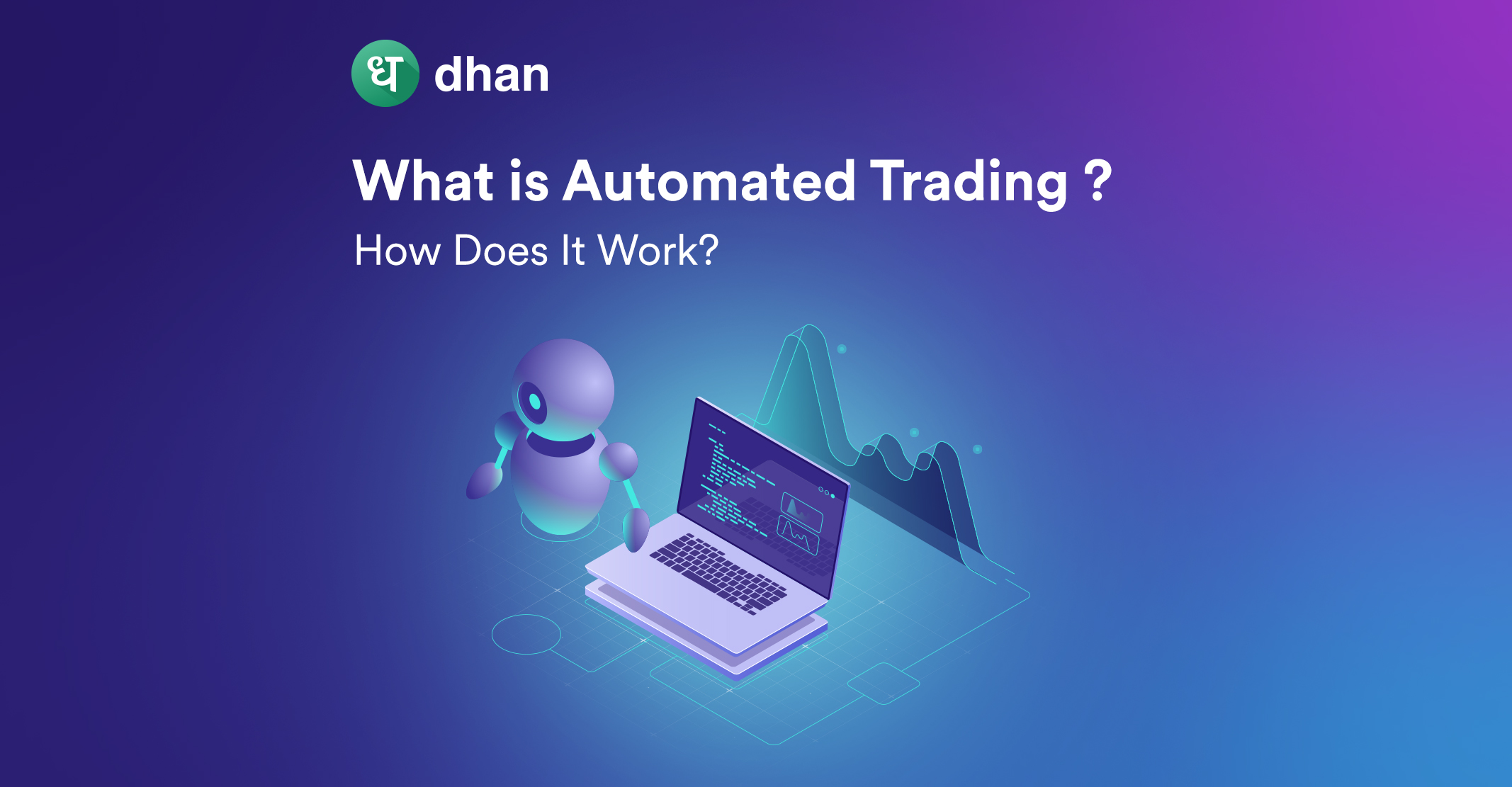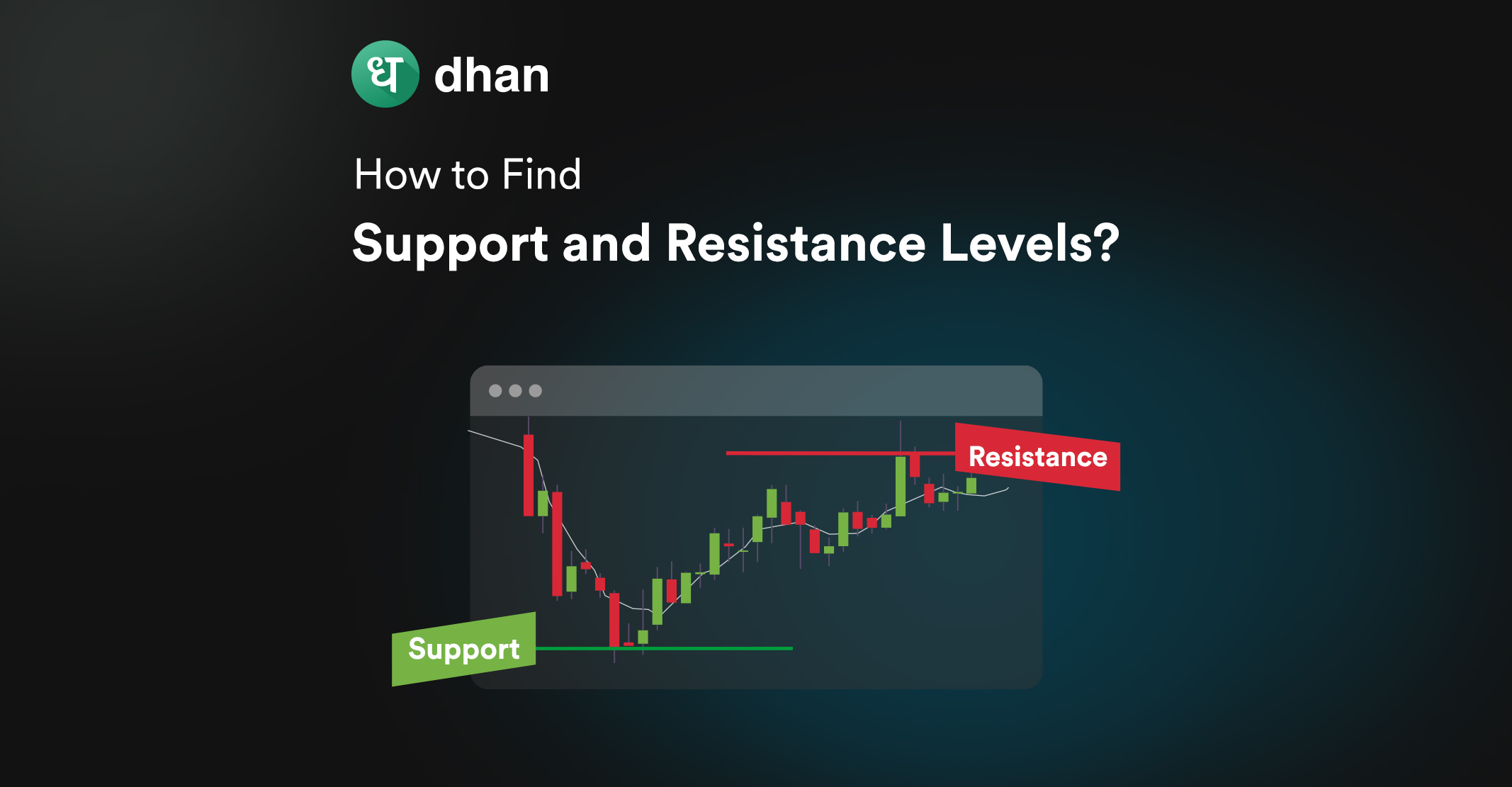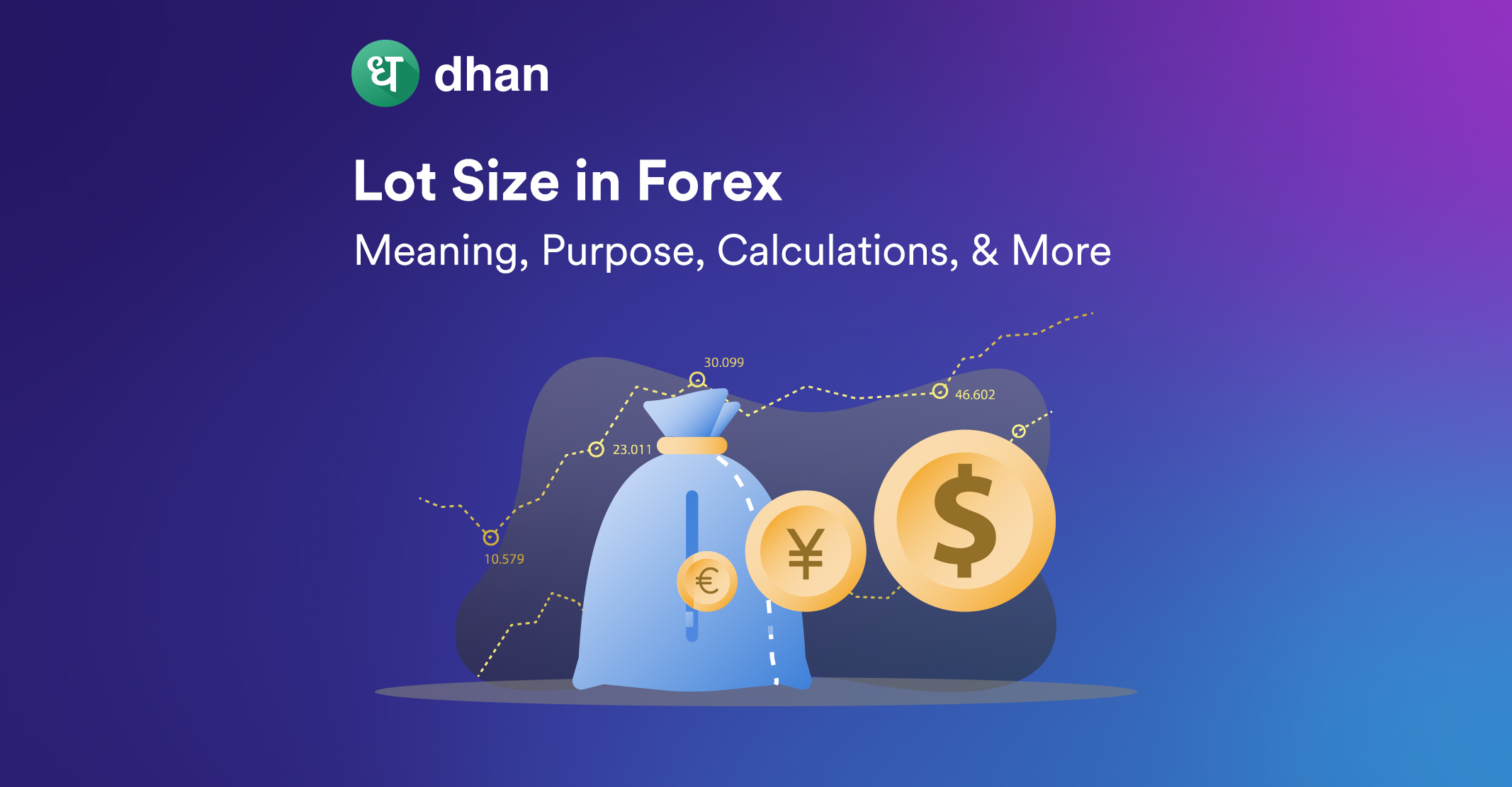Do you ever wonder how traders can execute multiple orders in the blink of an eye? Automated trading is the answer.
Automated trading offers extraordinary speed and efficiency in executing trades. This article will walk you through what it is and how it works.
What is Automated Trading?
Automated trading is a type of trading that involves programming an algorithm to automatically buy and sell financial instruments at specific conditions set by you.
There are trading APIs available for automation as well as readymade systems.
Either way, trading with automated algorithms takes away a great deal of manual intervention, allowing you to focus on other tasks such as your day job if you’re not a full-time trader.
Moreover, a well-structured automated trading setup is known to be brutally efficient and effective in executing trades, thereby ensuring minimal slippage and precision for entry-exit across trades.
Automating your trades eliminates emotional biases such as revenge trading.
How Does Automated Trading Work?
Automated trading operates through sophisticated computer programs known as trading algorithms.
These algorithms analyze real-time market data and execute trades based on pre-defined rules or strategies.
For instance, if you have placed the rules to trade via Trend following strategy, here is how it will work.
The algorithm will continuously monitor an asset’s price movements, and when it detects an upward trend, it automatically buys the asset. Conversely, if it identifies a downward trend, it sells the asset.
This decision-making process happens rapidly and without human intervention, allowing for quick and precise execution. You can use various languages to automate your strategies such as the following:
- Python: The most common language for algo trading APIs due to its extensive libraries for data analysis and simplicity
- Java: Robust, platform independent language for building complex trading systems that require high performance and reliability
- C++: High speed and efficiency for developing low-latency trading systems where microseconds matter
The algorithm also factors in risk management and order placement, ensuring that the trading strategy adheres to predefined parameters and objectives.
Popular Automated Trading Strategies
Automated trading strategies vary by market and goals. However, some popular automated trading strategies are:
1. Trend Following
In trend-following, you utilize automated algorithms to track market trends. These smart programs analyze historical price data to identify ongoing trends. When a trend is established, they execute trades in the direction of that trend.
This strategy aims to capture profits as long as the trend persists. It’s a hands-off approach that takes advantage of the market’s natural flow, allowing you to ride the wave of opportunity without constant manual monitoring.
2. Arbitrage
Arbitrage in an automated trading strategy is built to exploit price discrepancies for the same asset on different markets.
The algorithm rapidly identifies instances where an asset is trading at a lower price on one exchange or market and at a higher price on another.
It then executes simultaneous buy and sell orders to profit from the price difference.
Arbitrage strategies typically require advanced technology and low-latency connectivity to capitalize on these fleeting opportunities.
3. Statistical Arbitrage
Statistical arbitrage is pretty much similar to regular arbitrage except for one fact – this form of arbitrage operates on statistical models.
Algorithms analyze the historical correlation between assets and look for instances where they have temporarily diverged.
When a significant divergence occurs, the strategy involves buying the undervalued asset and simultaneously selling the overvalued asset.
The goal of doing so is to profit as prices revert to their historical norms.
4. Mean Reversion
The Mean Reversion strategy is based on the idea that asset prices tend to return to their historical averages after deviating from them.
Algorithms identify overbought or oversold conditions by analyzing price data and executing trades to profit from the expected correction as prices revert to the mean.
This strategy aims to capture profits when asset prices undergo temporary deviations from their long-term trends.
5. Pairs Trading
Pairs trading strategy two correlated assets and takes simultaneous long and short positions on them.
This strategy relies on the assumption that when the price relationship between the paired assets deviates from its historical norm, it will eventually revert to the mean.
Algorithms continuously monitor the relative price movements of the paired assets and aim to profit from the difference or spread between them.
This strategy provides a market-neutral approach that can help hedge against overall market volatility.
6. Volatility Breakout
Volatility breakout strategies are designed to profit from sudden and significant price movements in financial markets.
These automated algorithms monitor the market for periods of low volatility and then enter positions when volatility exceeds a predetermined threshold.
By taking advantage of price spikes or sharp fluctuations, these strategies aim to capture rapid market movements.
This makes them suitable for short-term traders looking to capitalize on short-lived opportunities.
Conclusion
Automated trading combines data analysis and swift execution to make informed trading decisions.
It is a powerful tool transforming financial markets that offers better efficiency, precision, and risk management than manual trading.
As algorithmic trading continues to evolve, the future looks promising with many potential benefits for retail traders.



